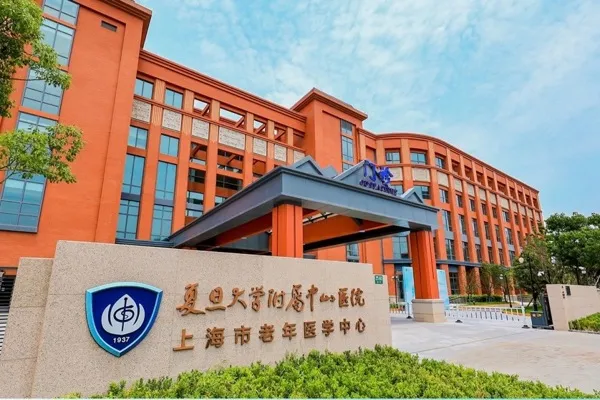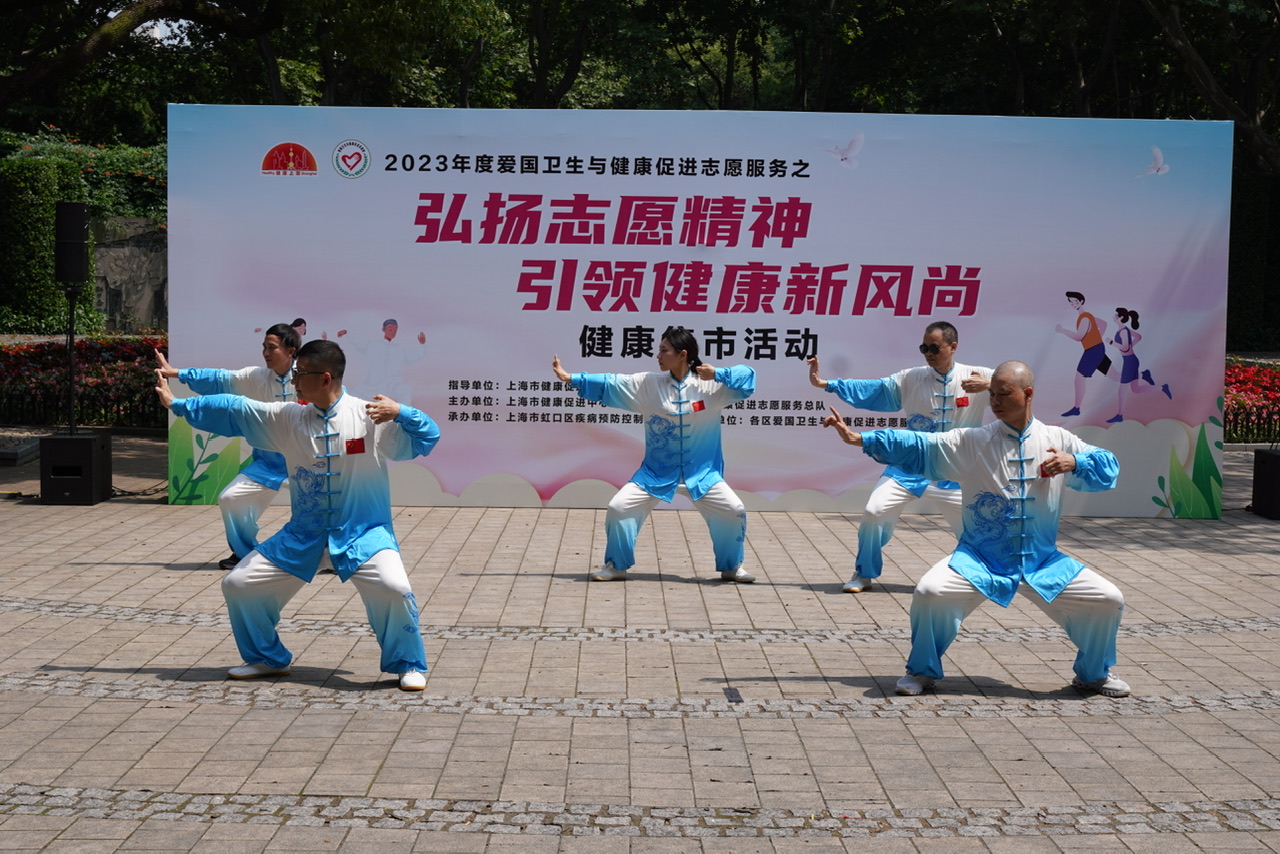The neurosurgery team of Huashan Hospital took 10 hours to remove the metal rod, which was over 10 cm and inserted directly into the skull.
A metal rod over 10 centimeters long went from the root of Mr. Liu's nose to the cavernous sinus, a complex intracranial venous structure, and tightly "bite" the internal carotid artery and several important cranial nerves. Finally, under the nearly perfect treatment of a multidisciplinary team led by the Department of Neurosurgery of Huashan Hospital Affiliated to Fudan University, after a 10-hour operation, the metal rod was successfully removed without causing any neurological damage. The 35-year-old Mr. Liu was saved after the life-and-death disaster.
Mr. Liu is from Zhejiang. When he was grinding metal parts in the workshop, a metal rod over 10 cm long was accidentally inserted into his skull from the root of his nose. Although he felt a little pain, he had no other discomfort. His family rushed him to the local hospital. After seeing Mr. Liu's condition and the CT scan of his head, the doctor thought it was just an ordinary foreign body injury and planned to perform surgery. A small incision was made at the root of the nose to directly pull out the metal rod.
Just as he was about to enter the operating room, the surgeon took a deep breath when he saw the reconstructed intracranial vascular CTA: the metal rod actually passed right through the cavernous sinus, one of the most complex venous structures in the brain, and pressed against the internal carotid artery, the main blood supply artery of the brain! From the image, the metal rod had clearly left an indentation on the artery, and there was a small hook at the end of the rod, hooked behind the internal carotid artery. After communicating with the family, the local doctor informed them that the operation was extremely risky and recommended transfer to a higher-level hospital for treatment.
When the patient was sent to the emergency department of the National Center for Neurological Diseases and Huashan Hospital Affiliated to Fudan University, the neurosurgeon emergency doctor took over the patient, completed basic assessments and treatment measures, and immediately reported to Professor Wu Xuehai of the Neurosurgery Emergency Center.
After assessing the patient's condition, experts believe that the situation is difficult: the cavernous sinus through which the metal rod passes is an extremely complex venous structure in the brain, which is difficult to stop bleeding, and is surrounded by multiple groups of cranial nerves including optic nerves, motor nerves, and sensory nerves, which can easily cause neurological deficits. In addition, the cavernous sinus is connected to the internal carotid artery. Once the internal carotid artery is damaged, massive bleeding or complex vascular malformations such as carotid cavernous fistulas may occur, which are life-threatening. Wu Xuehai proposed: After completing cerebral angiography, foreign body removal surgery should be performed under neuroendoscopy as much as possible.
After examining the condition of the injured, Professor Zhu Wei, deputy director of neurosurgery and executive director of the general hospital, suggested that the operation should be performed in the neurosurgery complex operating room. On the basis of endoscopic surgery, the internal carotid artery covered stent should be prepared, and preparations for craniotomy should be made. If bleeding enters the brain, the craniotomy can be performed to remove the hematoma and the bone flap.
Professor Zhou Liangfu, an academician of the Chinese Academy of Engineering and a neurosurgeon, added: The balloon occlusion experiment should be improved before surgery. This is a technique used to evaluate the tolerance of brain tissue to ischemia when the carotid artery is occluded for intracranial aneurysms or tumors, so as to assess the contralateral vascular compensation of the injured in advance. In other words, if uncontrollable bleeding occurs during surgery, direct occlusion of one internal carotid artery can be considered. At the same time, angiography should be reviewed immediately after surgery to assess vascular damage.
The surgical plan was finally finalized. The surgical team had in-depth communication with the anesthesia, operating room nursing and blood transfusion teams, ready to "give it a try" for Mr. Liu.
On the day of the operation, Associate Professor Yu Guo first performed angiography. The reconstructed images confirmed again that the metal rod compressed the internal carotid artery. When the BOT experiment and the enhanced experiment confirmed that "the contralateral blood vessel was well compensated", the whole team breathed a sigh of relief: in the last resort, at least the patient's life could be saved by occluding the blood vessel. Professor Hua Wei, Professor Wu Xuehai, Zhu Tongming and Dr. Zhang Jinsen were responsible for the endoscopic operation, and Professor Zhu Wei provided guidance throughout the process.
After gradual separation under endoscopy, the doctor saw that the metal rod entered the cavernous sinus through the "safe triangle" of the cavernous sinus, which also explained why the patient had not yet developed serious symptoms. After the metal rod was removed very carefully and slowly, a large amount of blood gushed out of the rupture. After emergency compression to stop bleeding, angiography was performed, and no clear arterial rupture was found. The treatment team decided not to occlude the internal carotid artery and try endoscopic hemostasis.
To stop the bleeding more effectively, the team gradually removed the compression material under endoscopy, and then "flattened and kneaded" the conventional materials into dense hemostatic materials the size of rice grains, replacing the hemostatic packing, and finally successfully stopped the bleeding of the rupture. After the operation, angiography was performed again, and no arterial rupture or internal carotid cavernous sinus fistula was found. At this time, ten hours had passed since the beginning of the operation.
After waking up from anesthesia, Mr. Liu was conscious and could clearly answer the doctor's questions. The medical team followed up with angiography and ruled out the possibility of delayed vascular injury. This also means that when Mr. Liu successfully saved his life, his neurological function was not damaged.






